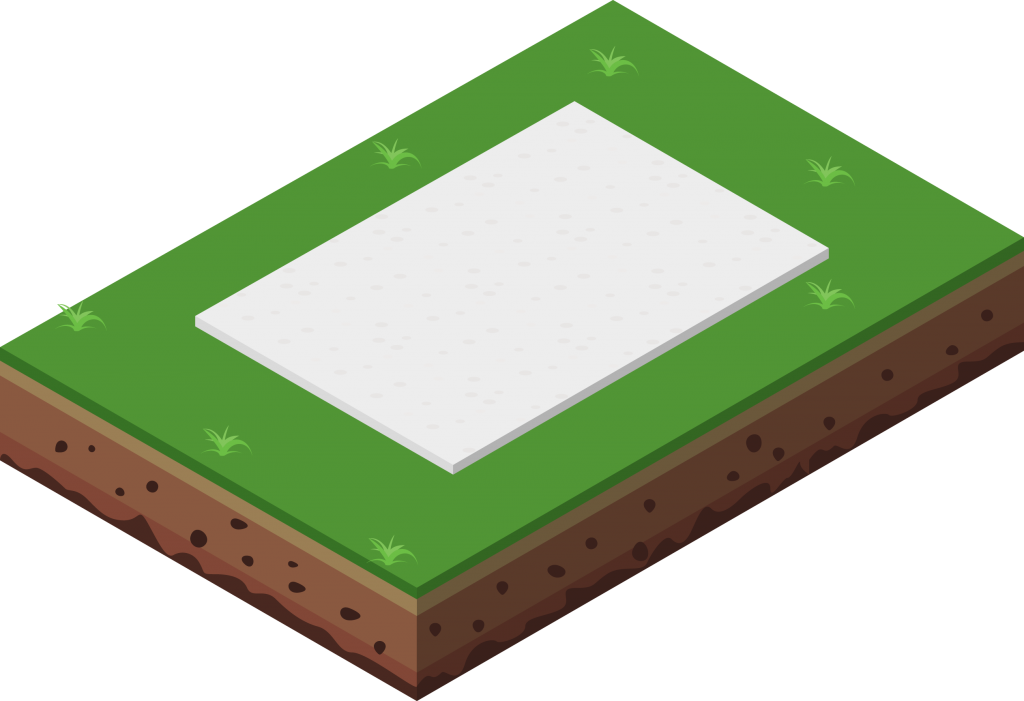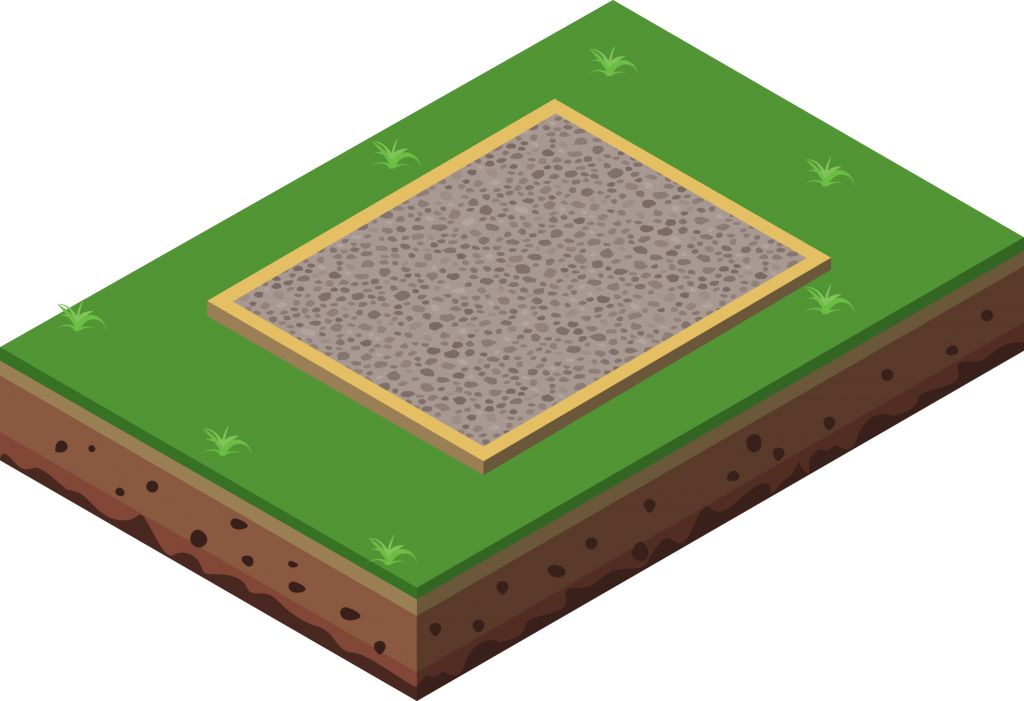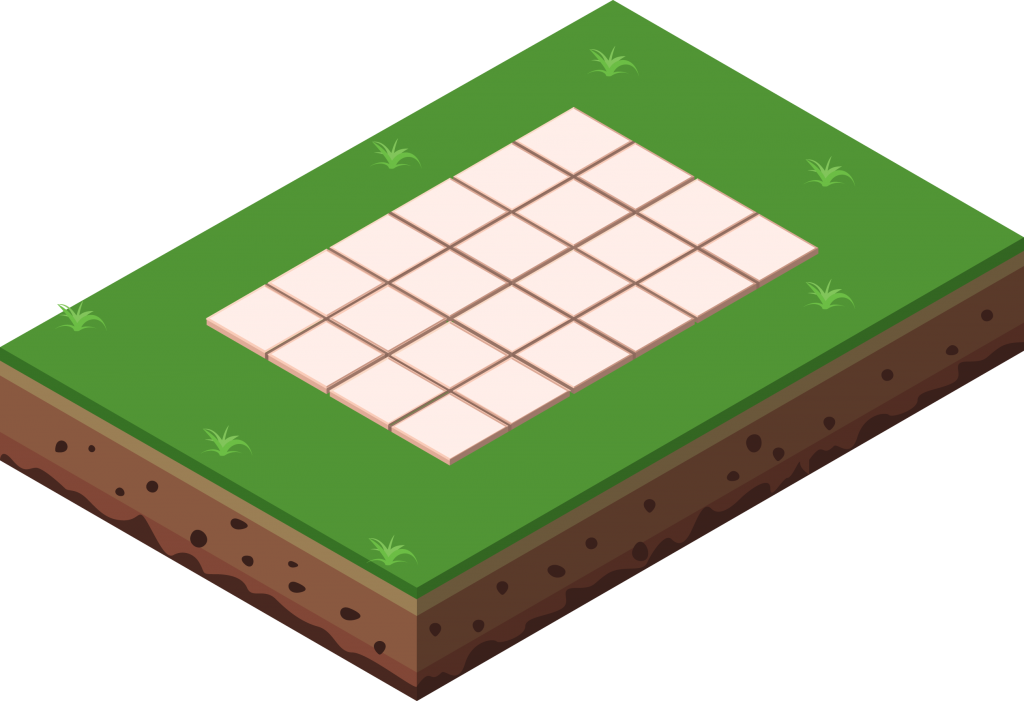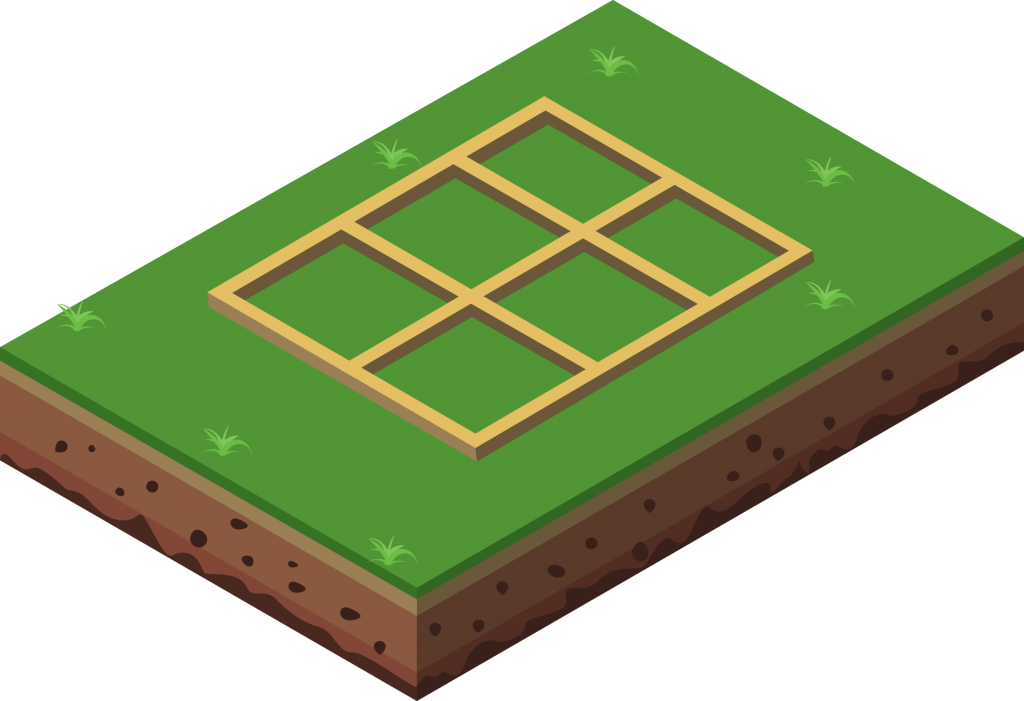How To Choose The Right Shed Base
If you’ve decided to build a shed on your property, you’ll likely have a firm idea of what you want to use it for: an office space, storage for tools and equipment, perhaps a workshop.
However, one important aspect of a shed that might be overlooked or underappreciated by those without specialist knowledge is the base. In this piece, the team at Neil Sullivan & Sons are going to provide all you need to know about choosing the right shed base.
Concrete base
For larger garden sheds, a concrete base is highly recommended, thanks to its stronger base. However, like all materials, there are pros and cons associated with the use of a concrete shed base:

Benefits
- High strength
- Good stability
- Long lasting
Potential drawbacks
- Can be difficult to remove the concrete, should you change your mind
- High-quality concrete can be expensive
- Risk of cracking if not done professionally
- Requires time to set, or ‘cure’
Gravel
Gravel is best suited to small or medium-sized sheds, but it is recommended that it’s used in conjunction with another base, such as a wooden or concrete frame for additional support. Consider a gravel base for a metal, plastic or fabric shed.

Benefits
- Quick and easy to install – dig a hole and pour gravel into it, compacting as you go
- Cheap
- Can be relocated if necessary
Potential drawbacks
- The gravel can move and shift over time, which can affect stability
- Can allow water to seep through, which is why it’s not the first choice base for wooden sheds
Paving slabs
Paving slabs can be laid on soil but are best used with a base of building sand or cement. It’s recommended to a paving slab base with small or medium-sized sheds.

Benefits
- Installation is quick and easy
- Low maintenance
- Can be moved
- Easy to secure the shed to the base
Potential drawbacks
- Slabs can sink if used as a base for larger sheds
- Risk of water pooling due to poor drainage. Risk can be mitigated by setting slabs above ground level
Timber bearers
Used in conjunction with a weed control fabric, timber bearers can be a trusty base for a shed. It’s important, though, to ensure that the timber is pressure treated – this helps to prevent the onset of damp.

Benefits
- Strong
- Simple set up
- Sustainable timber is good for the environment
Potential drawbacks
- Timber can be susceptible to rot
- Not suitable for large structures
- Regular maintenance required to preserve its condition
As you can see, there are several options available when it comes to shed bases. The right one for you depends on many factors, not least the size of the shed you want to build and the amount of time and money you have to build it.
Concrete bases and variants thereof are highly recommended – their durability is far superior to any other base, and if you make sure to use Neil Sullivan & Sons high-quality concrete and aggregates, you’ll be left with a shed base of unmatched quality.
For more information about our concrete and aggregate delivery services, please get in touch with us today: 0800 859 5973



